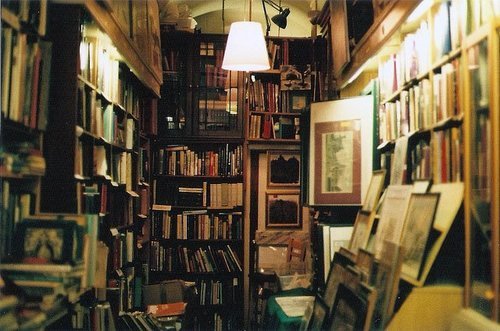Fashioned out of a sixteen-room residence at 3 Abbey Road, St. John's Wood that EMI bought in 1929, Abbey Road Studios opened in 1931, with several different sized studios to accommodate the different kinds of music that were being recorded at that time: orchestra, string quartets, choral works and instrumental soloists and singers. The first custom-built studio complex of its kind, the studio in its early years was used frequently by Sir Edward Elgar, left, one of England's most pre-eminent composers to record some of his famous pieces.
As the building in which The Beatles recorded almost all their studio material, Abbey Road Studios in London is perhaps the most important location in the group's history.
3 Abbey Road in the leafy district of St John's Wood, London, was build in 1813 as a Georgian townhouse. It boasted nine bathrooms, two servants' rooms and a wine cellar.
The building was acquired by the Gramophone Company in 1931, just a few months before it merged with the Columbia Graphophone Company to form Electric and Musical Industries Ltd (EMI).
EMI converted it to house studios to be used for the recording of classical music. Pathé filmed the opening of the studios in 1931, during which Sir Edward Elgar conducted the London Symphony Orchestra performing Land Of Hope And Glory while George Bernard Shaw watched in the audience.
The building's Studio One is the world's largest purpose-built recording studio, able to easily accommodate a 110-piece orchestra and 100-piece choir simultaneously. The studio's acoustics and size also make it a popular venue for live music events and film scores, and a live area also has two spacious isolation booths.
EMI Studios, as it was originally known, was used extensively during the mid-part of the 20th century by British conductor Sir Malcolm Sargeant, who lived near to Abbey Road. Other celebrated figures to have recorded there include Yehudi Meuhin, Sir Thomas Beecham, Sir Adrian Boult, violinist Jascha HeIfetz and cellist Pablo Casals.


